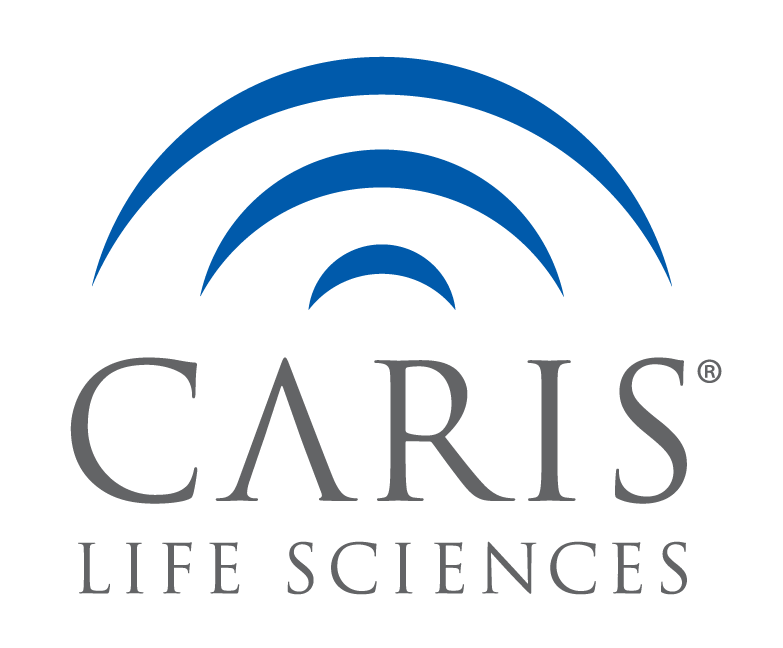Abstract
Conventional and dedifferentiated chondrosarcoma encompass a group of malignant neoplasms that produce cartilaginous matrix and arise within or on the surface of bone. Conventional chondrosarcomas are graded on a three-tiered scale, whereas dedifferentiated chondrosarcoma is typically not graded but is considered a high-grade sarcoma and represents the most aggressive subtype with a poor prognosis. IDH1 (isocitrate dehydrogenase-1) and IDH2 (isocitrate dehydrogenase-2) are the most commonly mutated genes in conventional and dedifferentiated chondrosarcoma, followed in frequency by COL2A1 and TP53. IDH1/2 driver mutations are also commonly found in enchondroma, considered a benign precursor lesion of chondrosarcoma, and other malignancies such as gliomas, cholangiocarcinoma, and acute myeloid leukemia. In acute myeloid leukemia, the presence of concurrent BCOR (BCL-6 corepressor) loss-of-function mutations has been linked to disease relapse and resistance to treatment with IDH inhibitors. After identifying an index case of conventional chondrosarcoma with unusually aggressive clinical evolution, we investigated the clinicopathological features of 12 cases of BCOR-mutated conventional and dedifferentiated chondrosarcomas against a control group of 15 BCOR-wildtype (WT) cases to determine whether BCOR-mutated tumors had patterns of biological progression different from tumors with intact BCOR. All identified BCOR alterations led to loss-of-function by either missense or nonsense mutations. The prevalence of BCOR mutations occurred in 5% of conventional and dedifferentiated chondrosarcoma, and these were associated with larger tumor size (p = 0.024), metastasis at the time of diagnosis (p ≤ 0.001) and higher T category (3–4 vs. 1–2) (p = 0.009). Although larger studies are necessary to clarify the full impact of BCOR mutations on patients with conventional and dedifferentiated chondrosarcoma, our data indicate that BCOR genetic aberrations are associated with adverse clinical features.

